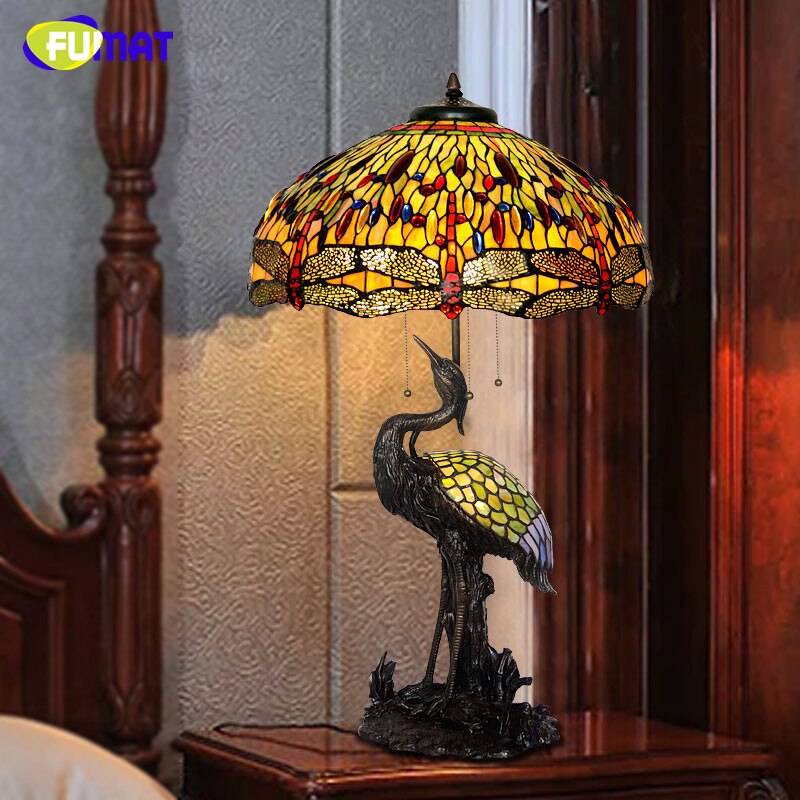

03 Mar ARD608-inspirations-Art Nouveau
Style in European art of the last decade of the nineteenth century and the first twentieth century, included in the framework of modernism. The essence of Art Nouveau was the pursuit of a stylish unity of art by combining activities in its various fields, in particular artistic craftsmanship, interior design, sculpture, and graphics. The characteristic features of the Art Nouveau style are flowing, wavy lines, abstract or floral ornamentation, Japanese art inspirations, free composition arrangements, asymmetry, plane and linear, and subtle pastel colors. Basic features of Art Nouveau are commonly considered to be a characteristic line – flexible, fluid, and lively, as well as rich ornamentation, especially plant and animal. This is undoubtedly a correct claim, but secession was a more complex and varied phenomenon, not limited only to these two tendencies. In addition to floral and organic trends, there were more geometric, less ornamental, or abstract and structural trends, in which organic motifs are strongly transformed, creating almost abstract forms, and the structure of a given object is emphasized, for example, by Guimard’s entry to the Paris metro.
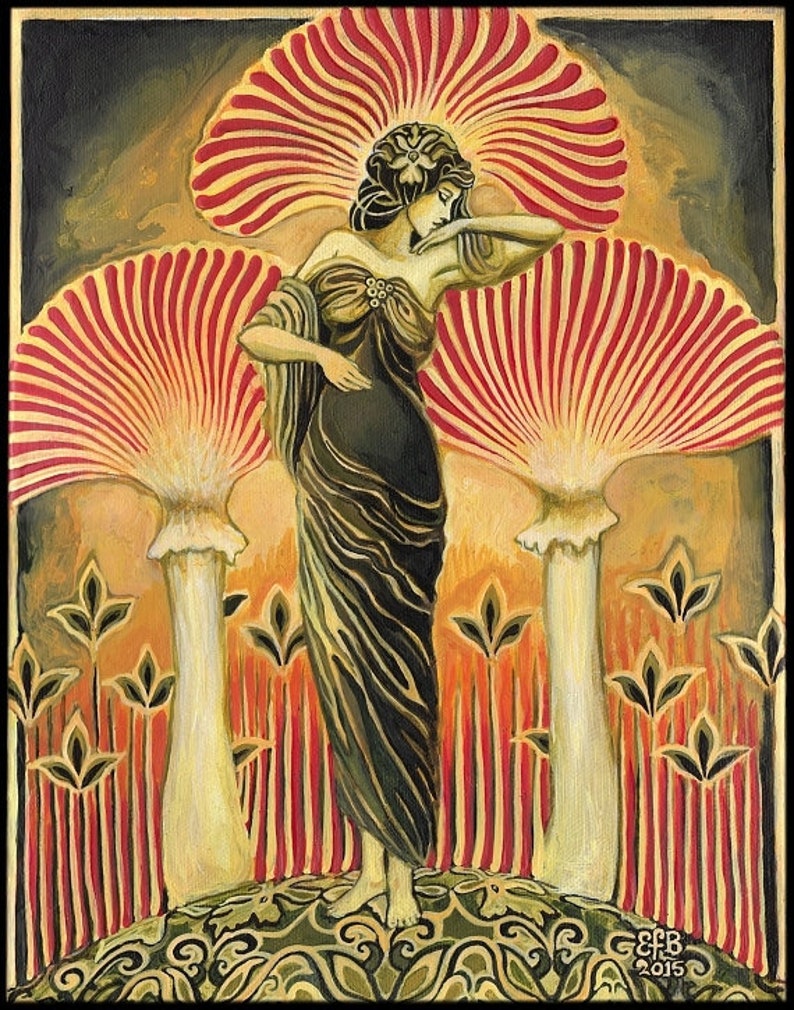

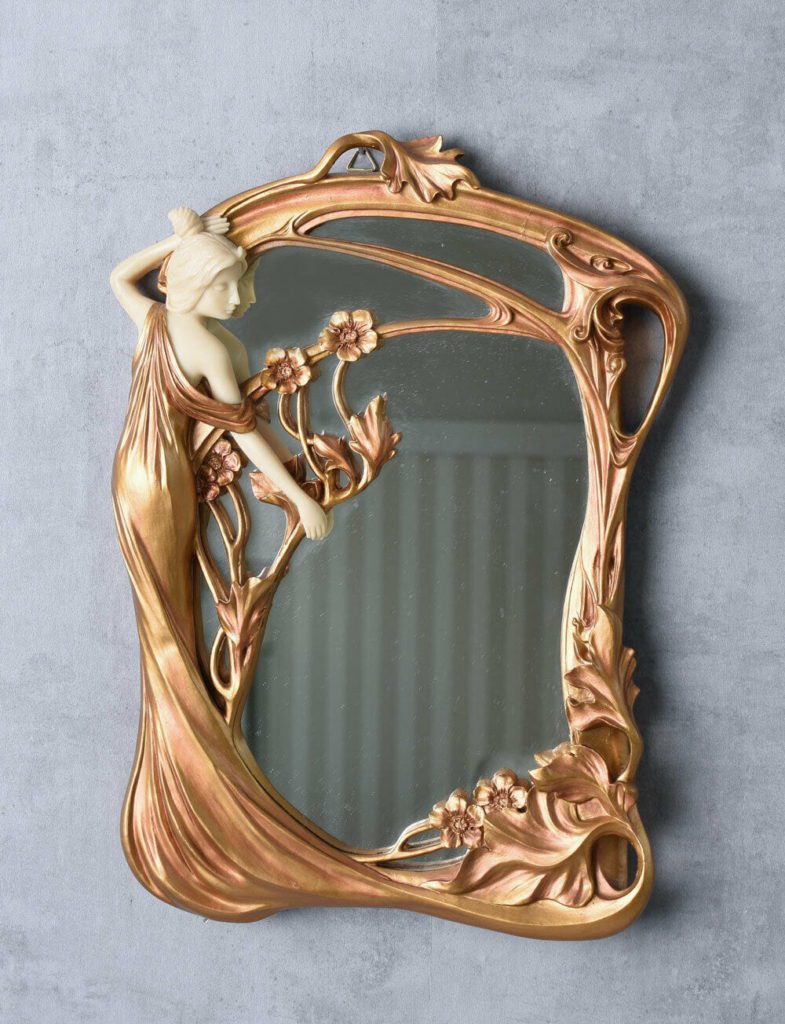



The Art Nouveau, striving to create a new style and break with historicism, distanced itself from the traditional architectural forms used so far, e.g. ancient orders, and wanted novelty and innovation, using new approaches, new materials, construction methods, and techniques. The artists wanted it to cover all areas: from painting, sculpture, and architecture to furniture, ceramics, jewelry, clothing, and fabrics, thus ennobling applied arts and ornamentation, and creating decorative works. This ornamentation was obtained – just like before – with the help of a new ornament, not referring to ancient meanders or palmettes, but built on the basis of plants (whether exotic or completely common) and animal motifs.


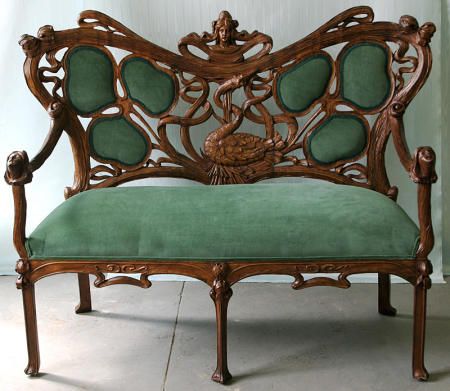



The characteristic medium used by the artists was the already mentioned flowing line. According to some theories, it was taken from the world of plants: stems, flagella, etc .; according to others, it was the other way around – it was Art Nouveau’s love of flexible lines that sparked interest in floral motifs. Another measure was a flat spot, meaning the resignation from the illusionistic effects and suggestions of space using the methods used so far: linear and aerial perspective and chiaroscuro. Artists were particularly eager to emphasize the vertical: the paintings were often in the form of narrow, tall rectangles, they used vertical and soaring motifs (slender figures, long plant stems), and emphasized vertical elements. The asymmetry and colors were also characteristic: mainly light, delicate, such as white or lilac.


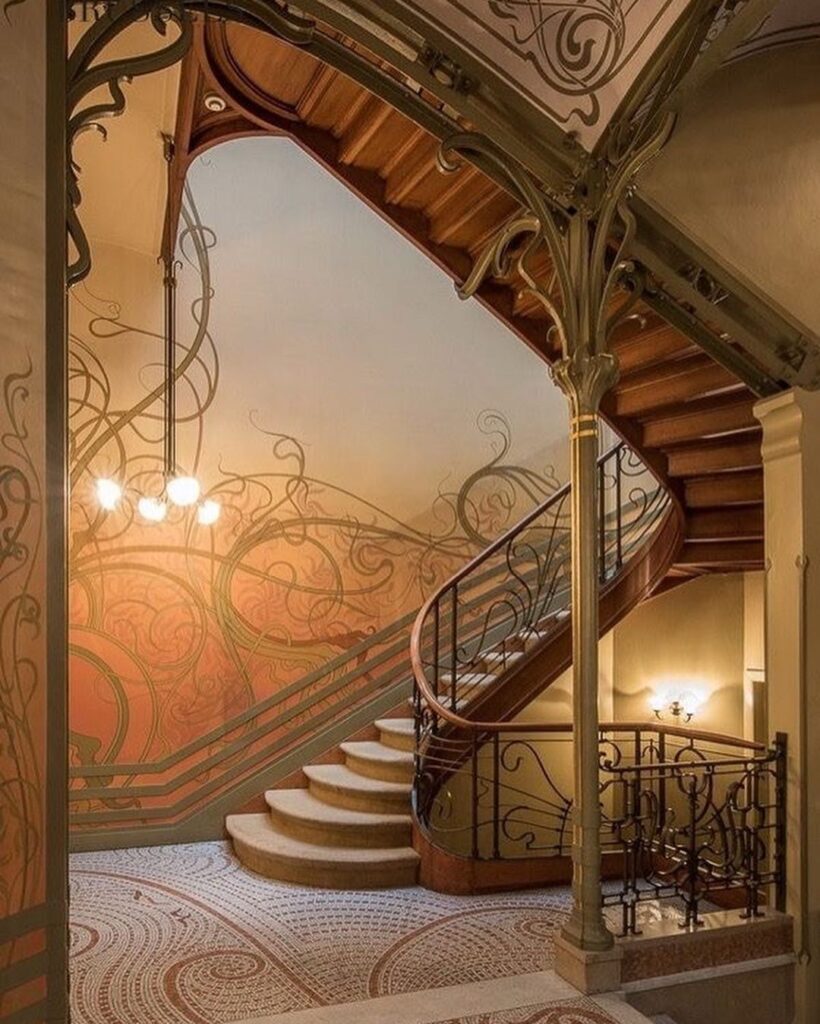



Sorry, the comment form is closed at this time.